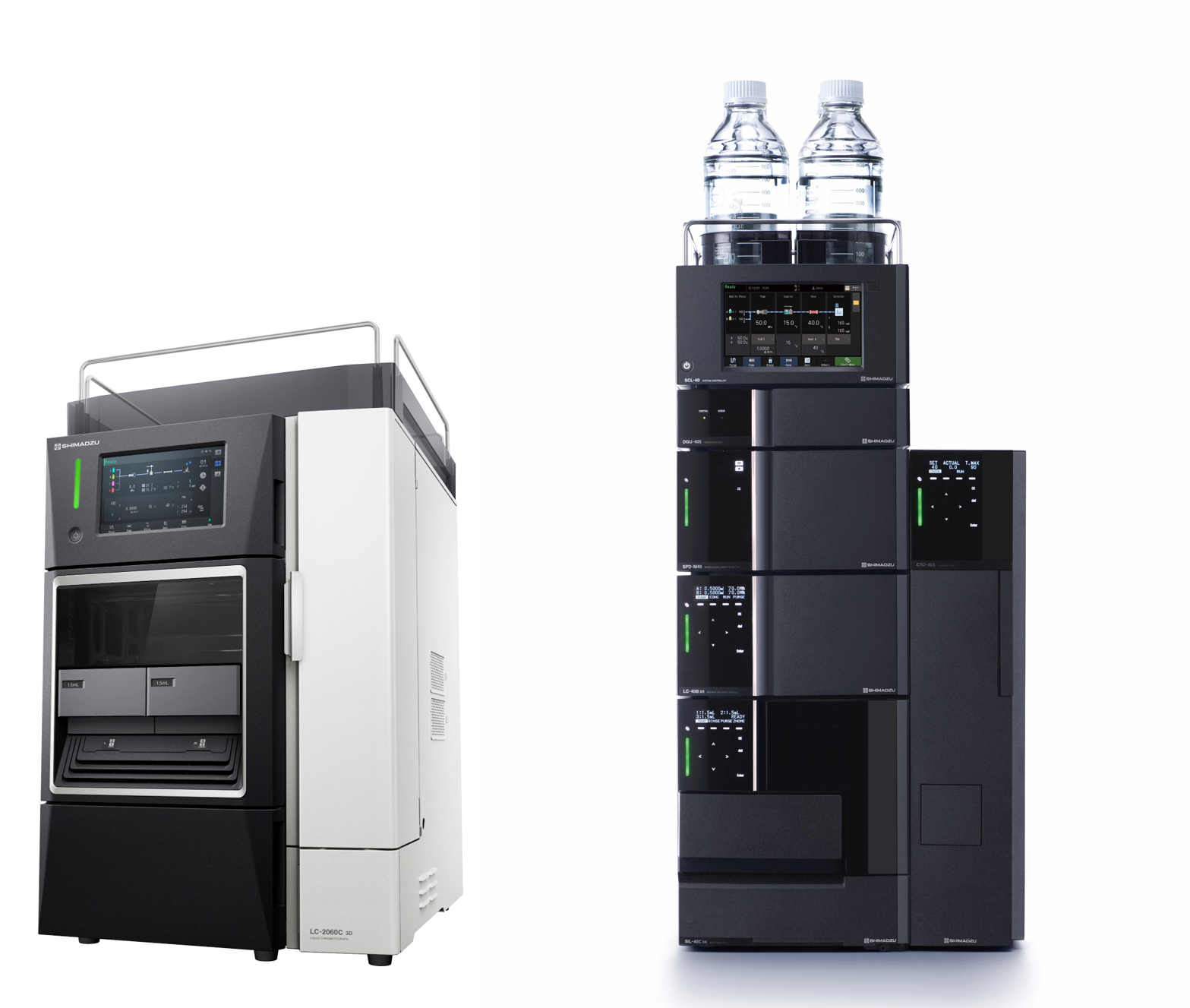i-Series - The best selling integrated HPLC system
1 - Basics of Systematic Troubleshooting
2 - Preventive Maintenance Measures
3 - Baseline Disturbance
4 - Pressure Fluctuations
5 - Changes in Peak Shape - Part 1
6 - Changes in Peak Shape - Part 2
7 - Ghost Peaks
8 - Peak Area Fluctuations
9 - Retention Time Fluctuations - Part 1
10 - Retention Time Fluctuations - Part 2
11 - Column Lifespan - Part 1
12 - Column Lifespan - Part 2
13 - Detector Issues
14 - Flow Line Leakage
15 - Course Summary
We are excited to have you join us for this seven-week journey into the world of troubleshooting and preventing common errors in HPLC. Each week, you will receive an email with two informative topics designed to enhance your understanding and skills in HPLC troubleshooting. Our first week will establish the foundations of systematic troubleshooting, providing you with valuable general guidelines for preventing and avoiding common errors. Let’s dive right in with our first topic: baseline disturbances.
A systematic approach is crucial for effective troubleshooting and problem resolution. By using a step by step approach, we can begin to understand the issue:


To be able to troubleshoot effectively, we first need to understand the structure of a typical HPLC. Every HPLC is fundamentally built the same. It consists of a solvent delivery system, an injector, a separation column, a detector, and the solvent waste. Ideally, an online degasser and a column oven are installed to ensure reproducibility - we'll cover these aspects in future topics. A PC is also required for system control and data evaluation.

Every HPLC module has the potential to cause errors that can easily be recognised with some experience. By checking every module one by one, issues can be identified and rectified quickly. The pressure trace gives us a lot of information that can be used diagnostically for many errors. Try to get into the habit of recording and monitoring the typical back pressure for your separations so that you can identify andy issues early on.
In the next course unit, we’ll explore preventive measures for extending the lifespan of your HPLC and reducing potential problems.
Your Shimadzu LC Team
i-Series - The best selling integrated HPLC system
i-Series - HPLC designed for modern laboratories